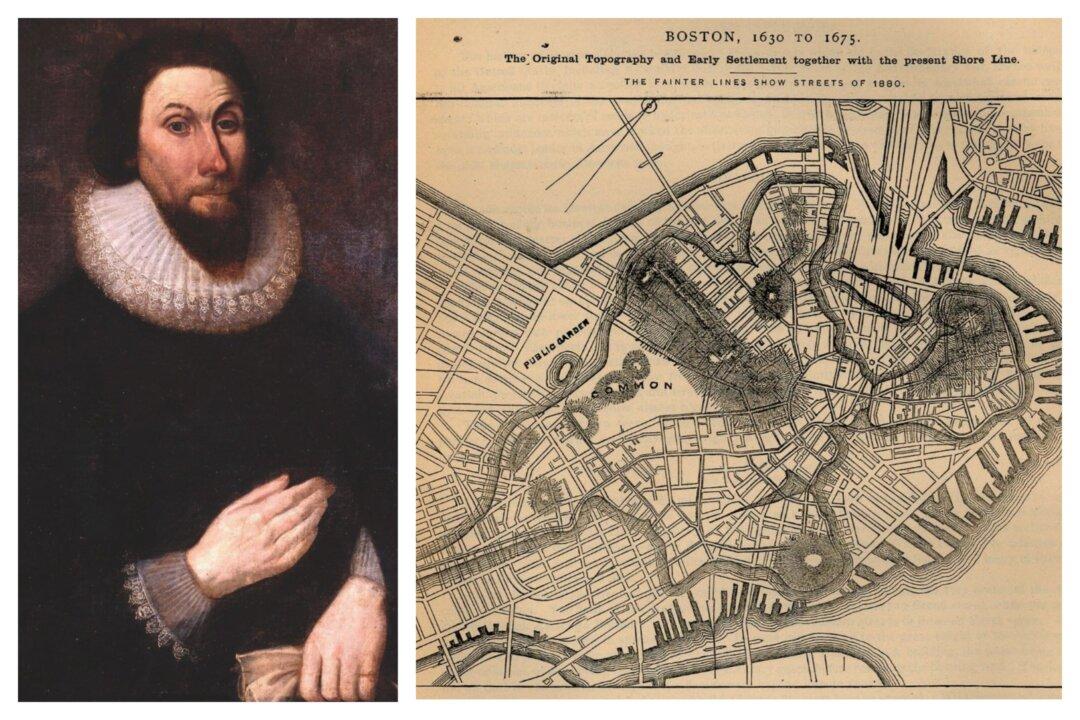“Whereas the Allied Powers and Japan are resolved that henceforth their relations shall be those of nations which, as sovereign equals, cooperate in friendly association to promote their common welfare and to maintain international peace and security, and are therefore desirous of concluding a Treaty of Peace which will settle questions still outstanding as a result of the existence of a state of war between them.”
This is the preamble of the 1951 Treaty of Peace with Japan, also known as the San Francisco Treaty. The treaty was signed by 48 nations and, with that signing, paved the way for acceptance of Japan into the United Nations (U.N.). Its inclusion into the U.N., and the influence of the U.N., had little if any impact on treaty negotiations with the country.






